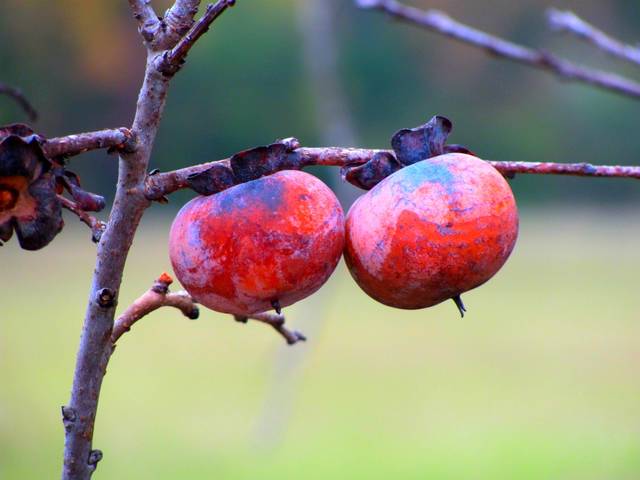Persimmon hunting: Checking for the severity of winter
Published 6:15 am Wednesday, November 8, 2017
Persimmons are a popular food source for many wildlife species such as fox, opossum, deer, raccoons and many types of birds. Humans find them quite tasty if gathered at the right time. If you want to try some, be sure and take along the kids or grandkids, as they need a shot of nature every now and then.
Persimmon trees are very common in our area and can be found along country roads, fencerows, and abandoned farmland that’s overgrown and brushy. Remember to get permission from the landowner before hunting anything, animals or plants. You can identify the tree by looking for the inch to inch and a half diameter yellow/orange fruit hanging in the branches or on the ground beneath. The bark of the tree is black and has a blocky pattern.
Persimmons start to ripen about the last of September, and many of the fruits will stay on the tree until mid-winter. To be edible, a persimmon must be “mushy” ripe. You will know when you’ve bitten into an unripe one because your tongue will almost go numb from the bitter taste. Dead ripe persimmons are very orange in color, wrinkled, and soft. Ripe ones will fall from the tree at the slightest touch. The fruit is often out of reach, but just give the tree a good shake and they will rain down. If you want to speed up the process, you can place a sheet on the ground before shaking to gather them up. If you’ve never eaten persimmons, only eat a small amount at first in case of food allergies.
Persimmons are best eaten on the spot while you enjoy being outside. If you want to keep some for later use you will need to run the fruit through a strainer to remove the husk and seed (each fruit has two to six large seed). The resulting pulp can be frozen or dried. To dry the pulp, spread it out on a cookie sheet and place in an oven on low heat until the pulp is leather-like. Cut it into chunks and store in a glass jar. Dried persimmon can be eaten like candy and is great mixed into hot or cold cereals, or fruit breads.
You’ll end up with a bunch of persimmon seeds, so if you want to go nostalgic you can check out an old mountain tradition that the seeds can be used to predict the severity of the winter. Cut open a seed along its flat side and look at the center. If you see a spoon shape that means you’ll be digging a lot of snow. A knife shape indicates a cold winter where the wind will cut right through you. A fork shape means a relatively mild winter with a split between warm spells and cold spells. I’m told you can squeeze the seeds open with pliers to get at the center. You’re supposed to check several seeds to get a good reading on what’s to come.
Steve Roark is the area forester in Tazewell for the Tennessee Department of Agriculture, Forestry Division.








